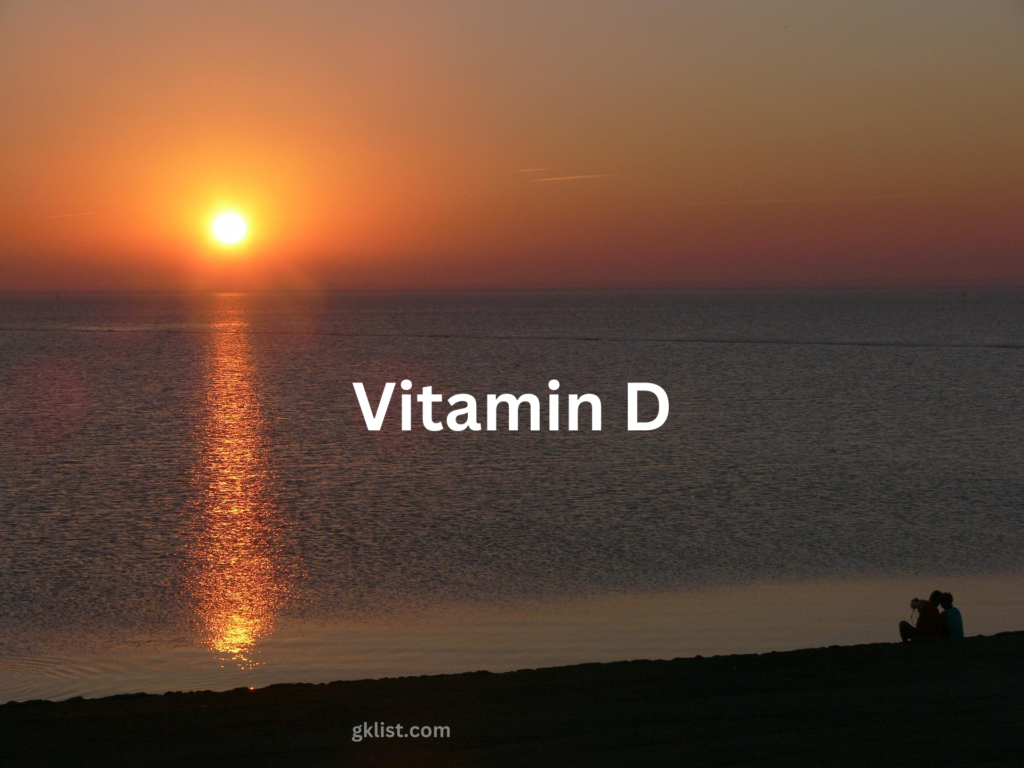
Discover the best natural sources of Vitamin D from whole foods and sunlight. Learn how to meet your daily requirements.
Introduction
Vitamin D is essential for strong bones, a healthy immune system, and mood regulation. While most people associate it with dairy and fortified foods, there are completely natural sources that can help you meet your daily needs.
The best way to get Vitamin D is through sun exposure, but certain foods also provide this vital nutrient. In this guide, we’ll explore natural, whole-food sources of Vitamin D that you can incorporate into your daily diet.
Why is Vitamin D Important?
Vitamin D plays a crucial role in:
✅ Bone Strength – Helps in calcium absorption and prevents osteoporosis.
✅ Immune Support – Boosts immunity and reduces the risk of infections.
✅ Muscle Function – Prevents muscle weakness and improves coordination.
✅ Mood and Brain Health – Helps fight depression and supports cognitive function.
Since Vitamin D deficiency can lead to weak bones, fatigue, and low immunity, it’s important to ensure you’re getting enough naturally.
1. Sunlight: The Best Source of Vitamin D
Your body naturally produces Vitamin D when exposed to sunlight. When UVB rays hit your skin, they trigger Vitamin D3 synthesis.

How Much Sunlight Do You Need?
- 10–30 minutes of direct sun exposure on arms, face, and legs at least 3–4 times per week is ideal.
- Darker skin tones need more exposure because melanin reduces Vitamin D synthesis.
- Winter months and cloudy regions require extra attention since sunlight may not be strong enough.
If you get enough sunlight, your body stores excess Vitamin D for later use, reducing the need for food sources.
2. Best Natural Food Sources of Vitamin D
Although most dietary sources of Vitamin D are animal-based, there are plant-based options that contain it naturally.
A. Mushrooms (The Only Plant-Based Natural Source of Vitamin D)
Mushrooms are unique because they produce Vitamin D2 when exposed to sunlight, just like human skin.
Best Mushroom Sources:
🍄 Maitake Mushrooms – One of the highest natural sources of Vitamin D.
🍄 Chanterelle Mushrooms – Contain moderate amounts of Vitamin D.
🍄 Morel Mushrooms – Rich in Vitamin D and other antioxidants.
🍄 Portobello & White Button Mushrooms (Sun-Dried) – Their Vitamin D levels increase significantly when exposed to sunlight.
How to Eat:
- Stir-fry mushrooms with vegetables.
- Add them to soups, pasta, or curries.
- Grill or roast them as a side dish.
💡 Tip: Place mushrooms in sunlight for a few hours before eating to maximize Vitamin D content.
B. Avocados
Avocados contain small but significant amounts of Vitamin D, along with healthy fats that enhance its absorption.
How to Eat:
🥑 Blend into smoothies.
🥑 Spread on whole-grain toast.
🥑 Add to salads or grain bowls.
C. Chia Seeds & Flaxseeds
While these don’t directly contain Vitamin D, they improve absorption due to their omega-3 fatty acids and magnesium content.
How to Eat:
🌱 Sprinkle on oatmeal, yogurt, or salads.
🌱 Blend into smoothies.
🌱 Mix with water to create a pudding.
D. Alfalfa & Sprouts
These nutrient-dense greens contain trace amounts of Vitamin D, along with essential enzymes that improve overall absorption.
How to Eat:
🌿 Add to sandwiches and wraps.
🌿 Toss into fresh salads.
🌿 Blend into green juices.
E. Herbal Teas (Nettle & Dandelion)
Certain herbal teas contain trace amounts of Vitamin D and support the body’s ability to absorb it efficiently.
Best Choices:
🍵 Nettle Tea – Rich in minerals that aid Vitamin D absorption.
🍵 Dandelion Tea – Helps the liver process and utilize Vitamin D.
3. Lifestyle Tips to Boost Vitamin D Naturally
Even if your diet contains natural sources of Vitamin D, certain habits can improve absorption:
✅ Pair with Healthy Fats – Since Vitamin D is fat-soluble, eating it with nuts, avocados, or olive oil increases absorption.
✅ Get Outside Daily – Spending time in nature stimulates natural Vitamin D production.
✅ Stay Active – Regular physical activity enhances Vitamin D metabolism in the body.
✅ Reduce Processed Foods – Avoiding refined sugars and processed foods improves nutrient absorption.
How Much Vitamin D Do You Need?
💡 Daily Recommended Intake (RDI):
- Infants (0-12 months) – 400 IU (10 mcg)
- Children & Adults (1-70 years) – 600 IU (15 mcg)
- Adults over 70 years – 800 IU (20 mcg)
If you are at risk of deficiency (e.g., limited sun exposure), you may need higher amounts.
Signs of Vitamin D Deficiency
⚠️ Symptoms of low Vitamin D levels include:
❌ Fatigue and low energy
❌ Weak bones and muscle pain
❌ Frequent colds and infections
❌ Mood swings or depression
If you experience these symptoms, increasing your sun exposure and consuming natural Vitamin D-rich foods can help.
Conclusion
Vitamin D is vital for bone health, immunity, and overall well-being. While sunlight is the best natural source, certain whole foods—such as mushrooms, avocados, seeds, sprouts, and herbal teas—can also contribute to your daily intake.
By making simple lifestyle changes and focusing on natural sources, you can maintain optimal Vitamin D levels and support long-term health.
Start today—step outside, eat nutrient-rich foods, and feel the difference!